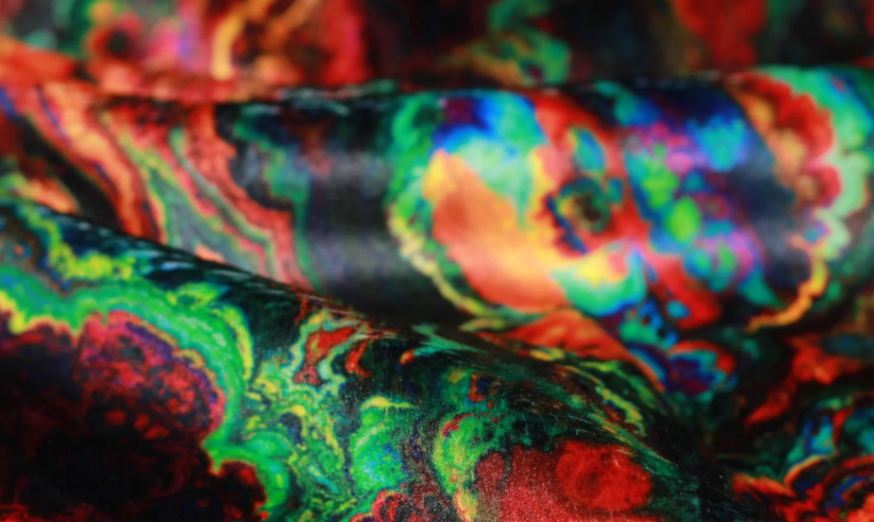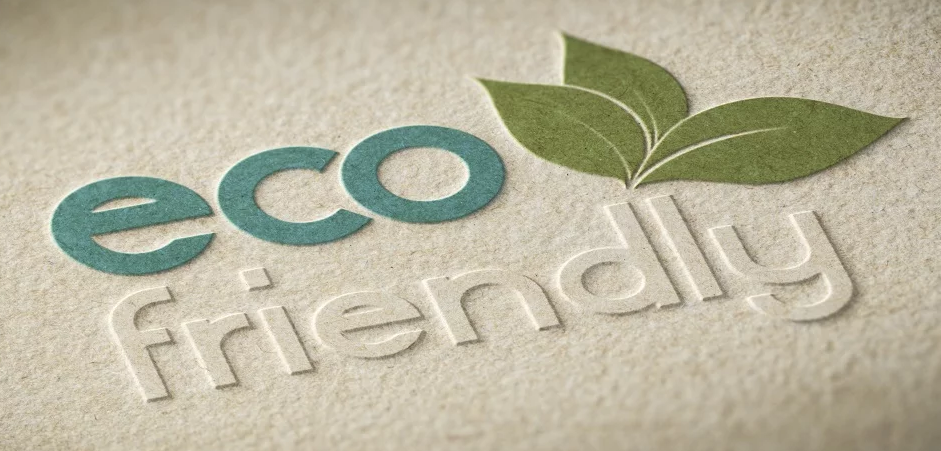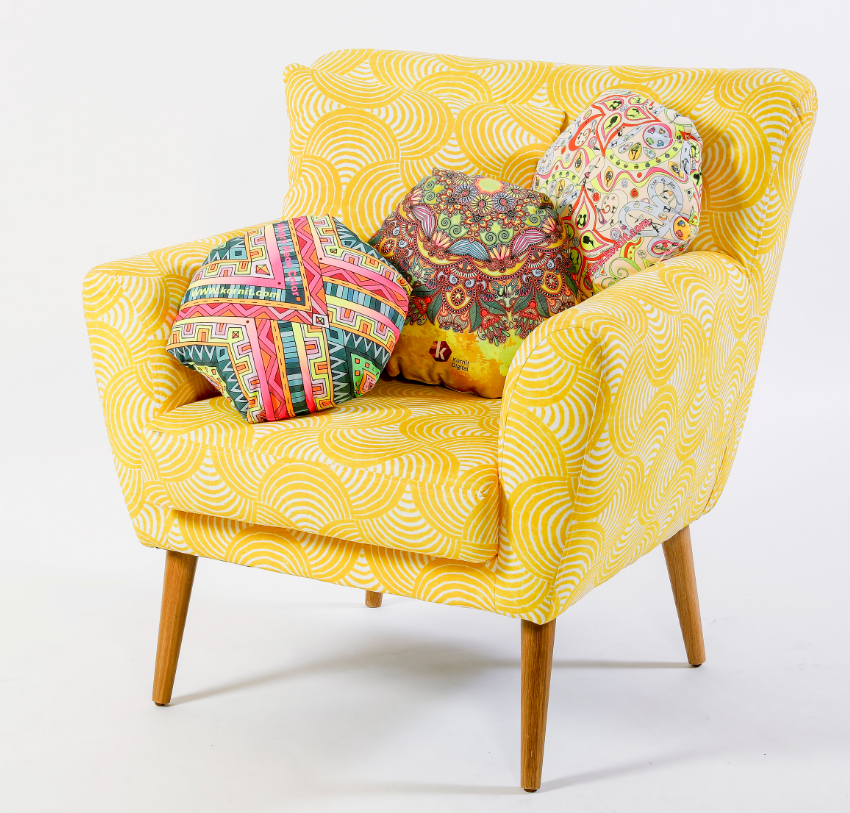
In the rapidly evolving world of textiles, digital printing technology has emerged as a revolutionary force, unlocking a new realm of possibilities for designers and manufacturers alike. Gone are the days when traditional methods confined creativity to predefined patterns and limited color palettes. Today, digital printing stands at the forefront of innovation, enabling the creation of intricate designs, vibrant colors, and personalized solutions at an unprecedented scale. This article delves into the innovative potential of digital printing technology, exploring how it is reshaping the textile industry and offering endless opportunities for customization, efficiency, and sustainability.
Digital printing technology has transformed the textile industry by offering a flexible and efficient alternative to traditional methods such as screen printing. The process involves transferring digital images directly onto fabric using specialized printers, allowing for precise control over color, pattern, and placement. This evolution has paved the way for innovative designs that were once deemed impossible, enabling fashion designers and manufacturers to experiment with complex patterns, gradients, and photographic images with ease.
Unlike traditional printing, which requires extensive setup time and is limited by the number of colors and design intricacy, digital printing allows for on-demand production with minimal waste. This has not only democratized design but also opened up opportunities for small and medium enterprises to compete on a global scale. By embracing digital printing, HOLDWIN is at the forefront of this transformation, offering advanced solutions that cater to the unique needs of textile manufacturers and fashion designers.

One of the most significant advantages of digital printing technology is the ability to offer unparalleled levels of customization and personalization. In an era where consumers increasingly seek unique and tailored products, digital printing provides the tools to meet these demands. Designers can now create bespoke patterns, personalized textiles, and limited-edition collections without the constraints of minimum order quantities or lengthy production times.
For instance, digital printing allows fashion designers to produce custom apparel with intricate details, such as personalized monograms or custom color schemes, that resonate with individual customers. HOLDWIN’s digital printing solutions are specifically designed to cater to this demand, offering textile manufacturers the ability to produce one-of-a-kind pieces with precision and speed. This not only enhances customer satisfaction but also provides businesses with a competitive edge in the market.

In addition to design freedom, digital printing technology offers significant environmental benefits by reducing waste and resource use. Traditional textile printing methods often involve large volumes of water, chemicals, and dyes, leading to considerable environmental impact. In contrast, digital printing uses precise amounts of ink, significantly reducing water consumption and minimizing the use of harmful chemicals.
Moreover, digital printing eliminates the need for screen preparation and extensive setup, resulting in shorter production cycles and less material waste. HOLDWIN is committed to sustainability and environmental responsibility, and our digital printing solutions are designed to support eco-friendly production practices. By adopting digital printing technology, textile manufacturers can reduce their carbon footprint while maintaining high-quality production standards.

While digital printing is widely recognized for its impact on fashion and textiles, its applications extend far beyond these industries. From home décor to promotional products, digital printing enables the creation of innovative designs across various sectors. For example, digital printing technology is now being used to produce custom carpets, towels, and scarves, allowing for intricate patterns and vibrant colors that were previously unattainable.
In the realm of home décor, digital printing offers the ability to create personalized and unique designs for items such as curtains, upholstery, and wall coverings. This level of customization allows interior designers to offer clients tailored solutions that reflect their personal style. HOLDWIN’s advanced digital printing technology is designed to meet the diverse needs of these industries, providing high-quality, durable prints that enhance the aesthetic appeal of any product.

As digital printing technology continues to evolve, the possibilities for innovation in textile design are virtually limitless. Advances in nanotechnology, AI-driven design software, and sustainable materials are poised to further enhance the capabilities of digital printing, offering even greater precision, efficiency, and environmental benefits. At HOLDWIN, we are dedicated to staying at the forefront of these developments, continuously innovating our products and services to meet the changing needs of the global market.
Our vision is to become a world-renowned brand synonymous with quality, innovation, and environmental sustainability. By leveraging our expertise in digital printing technology, we are committed to providing our customers with the tools they need to create groundbreaking designs and achieve success in a competitive industry. With a focus on rapid product development and personalized solutions, HOLDWIN is well-positioned to lead the future of digital printing.
Customer Testimonial :”As a textile manufacturer, we were looking for a solution that could offer both high-quality prints and the flexibility to produce custom designs on-demand. HOLDWIN’s digital printing technology exceeded our expectations, allowing us to bring our creative visions to life with unmatched precision and efficiency. The support from HOLDWIN has been exceptional, and we are proud to partner with a brand that shares our commitment to innovation and sustainability.”
Digital printing technology has revolutionized the textile industry, offering unprecedented opportunities for innovation, customization, and sustainability. As designers and manufacturers continue to explore the creative possibilities enabled by this technology, the future of textile design looks brighter than ever. HOLDWIN is proud to be at the forefront of this transformation, providing cutting-edge digital printing solutions that empower our customers to push the boundaries of design. With a commitment to quality, innovation, and environmental responsibility, we are shaping the future of textiles, one print at a time.

Zhiyu is passionate about good products, good services, and good prices to let consumers know that choosing us is the right choice! For partners and end customers, we will provide one-on-one considerate smart services and provide you with more high-quality procurement solutions.